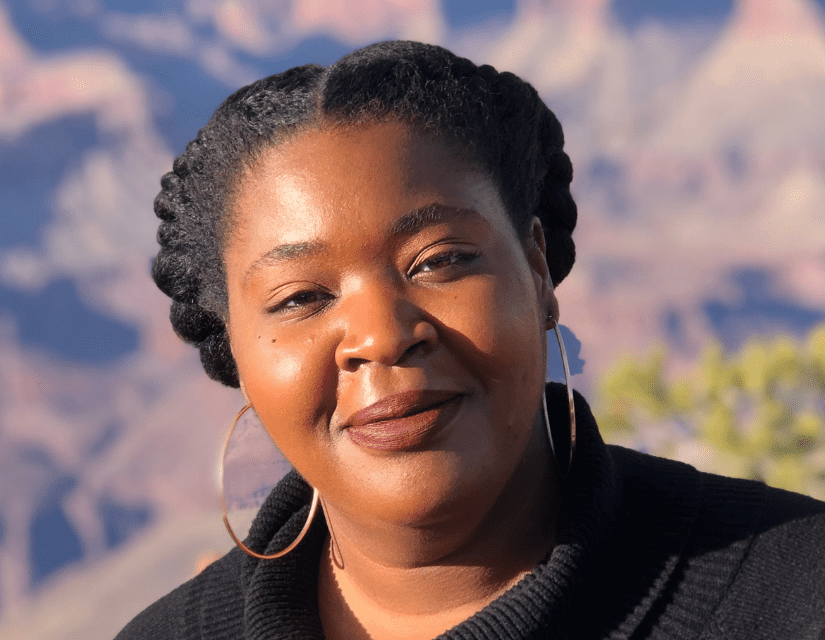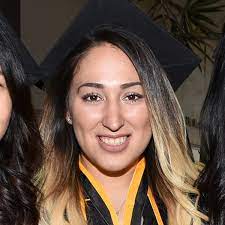About this Collection
Educators who are creating equitable and joyful learning experiences with standards-aligned instructional materials understand that high-quality instruction depends on applying culturally relevant pedagogy (CRP) in their planning and instruction. However, CRP is not purely a set of technical skills. It is not a rubric. It is not a checklist. It is a reflective and ongoing process; it is, in many ways, deeply tied to a way of seeing the world, seeing ourselves, and seeing children. On the page below, you’ll find information about these critical concepts and resources informed by work with educators that you can use to turn these ideas into actions.
- LITERACY
- MATH
- COLLECTION
- K-12
Table of Contents
Culturally Relevant Pedagogy

“Over 20 years ago, ‘[i]nstead of asking what was wrong with African American learners,’ Dr. Ladson-Billings ‘dared to ask what was right with these students and what happened in the classrooms of teachers who seemed to experience pedagogical success with them?’ (Ladson-Billings, 2014). This bold question led to the birth of culturally relevant pedagogy (CRP). CRP inspired a generation of educators to rethink their instructional practices, restructure their instructional materials to make them inclusive and truthful, and unpack state standards to analyze, amend, and position them in service of student success.” ”
Dr. Ladson-Billings
This collection aims to help support educators in understanding the reflective work necessary to effectively build culturally relevant pedagogy into their daily practice. It offers human-centered stories to contextualize culturally relevant pedagogy in real classrooms with real teachers by introducing three teachers and sharing their journeys to implementation of CRP.
Meet the Teachers

Jacquay Durant
Program Specialist
San Bernadino, California

Jamie Schnablegger
6th Grade Teacher
Los Angeles, California

Raven Redmond
Instructional Facilitator
Memphis, Tennessee
In this collection, you will hear about their experience using the Culturally Relevant Reflection Tool to support their instructional planning. Click on the links below to download their lessons:
Below is an excerpt from the Culturally Relevant Reflection Tool. These questions supported the educators in both planning and instructional decision-making when adapting and implementing standards-aligned instructional materials their classrooms:
Cultural Competence
Read More About Cultural CompetenceDr. Gloria Ladson-Billings named “cultural competence” as the idea that “students are secure in their knowledge and understanding of their own culture—language, traditions, histories, culture, and so forth, AND are developing fluency and facility in at least one other culture” (Ladson-Billings, 2021, p. 71). She encouraged teachers to “utilize students’ culture as a vehicle for learning” (1995, p. 161).
Dr. Ladson-Billings
Critical Consciousness
Read More About Critical ConsciousnessDr. Ladson-Billings explains that while it’s important for students to “experience academic success and maintain cultural competence,” it is equally important for students to develop sociopolitical consciousness [critical consciousness], which means they “take a critical stance, and challenge the status quo of the current social order” (Ladson-Billings, 1995, p. 160). Most recently, she added that critical consciousness is also “the ability to take learning beyond the confines of the classroom using school knowledge and skills to identify, analyze, and solve real-world problems”
Dr. Ladson-Billings
Student Learning (Academic Success)
Read More About Student Learning (Academic Success)Dr. Ladson-Billings initially named and described the tenet of academic success, stressing the importance of “not merely mak[ing] [students] “feel good,” but for students to “choose academic excellence.” (Ladson-Billings, 1995, p. 160). She later emphasized the importance of “the intellectual growth that students experience as a result of classroom instruction and learning experiences.”
Dr. Ladson-Billings
Additional Resources
As you continue in your journey to engage in culturally relevant practices, it may be helpful to engage with additional content-specific resources. The tables below offer opportunities for planning or online learning that will support teachers in engaging in culturally relevant practices in their classrooms.
